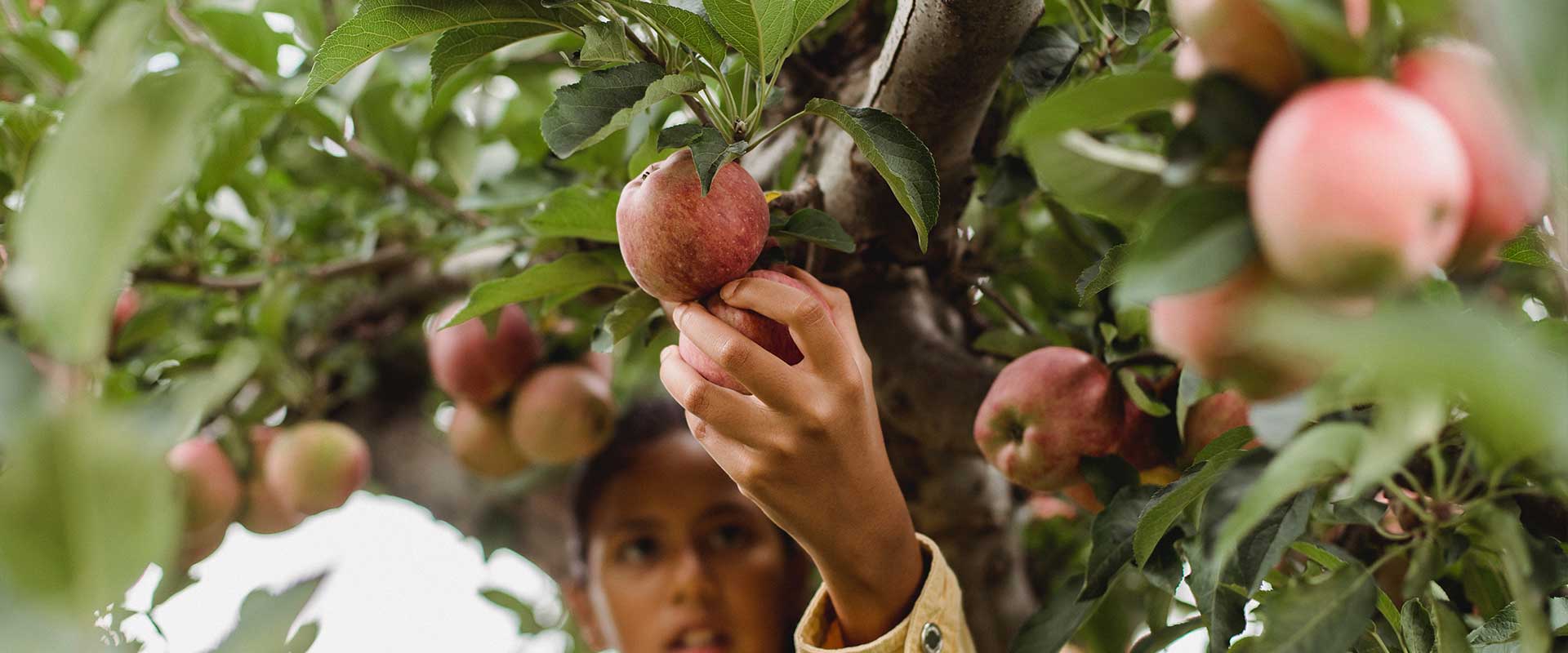The Tīmata Method: A low-cost way to retire farmland into native forest
February 2023
Restoring erodible land in New Zealand into native forests can be a challenging and costly process, limiting private landowners’ participation in large-scale projects. However, there is a promising solution – the Tīmata Method. This method has been proven to be more effective and significantly cheaper than conventional methods, reducing the cost of establishing native trees to less than one-third of traditional ‘high-density’/’high-grade’ native planting.
This video shares elements of the method for low-cost, broad-scale land retirement into ngahere (native forest), covering important factors including: weed and pest control before planting, mix of forestry-grade coloniser species, planting density for various tree species, soil biome, and establishment timelines.
The Tīmata Method imitates the natural reversion process, where kānuka and mānuka are planted at lower densities, acting as a nursery crop for succession trees to establish in the future. Invasive plant and animal control, crucial for the project’s success, are integrated into the process. While the Tīmata Method has shown to be successful, there is a need for greater extension and education to promote its benefits, and provide technical advice including animal and weed pest management for broadscale implementation across Aotearoa.
Source: Retiring Farmland into Ngahere. Alison Dewes, John Burke, Bronwyn Douglas and Steff Kincheff. Report for Our Land and Water National Science Challenge, February 2022
 View Our Strategy Document 2019 – 2024
View Our Strategy Document 2019 – 2024



